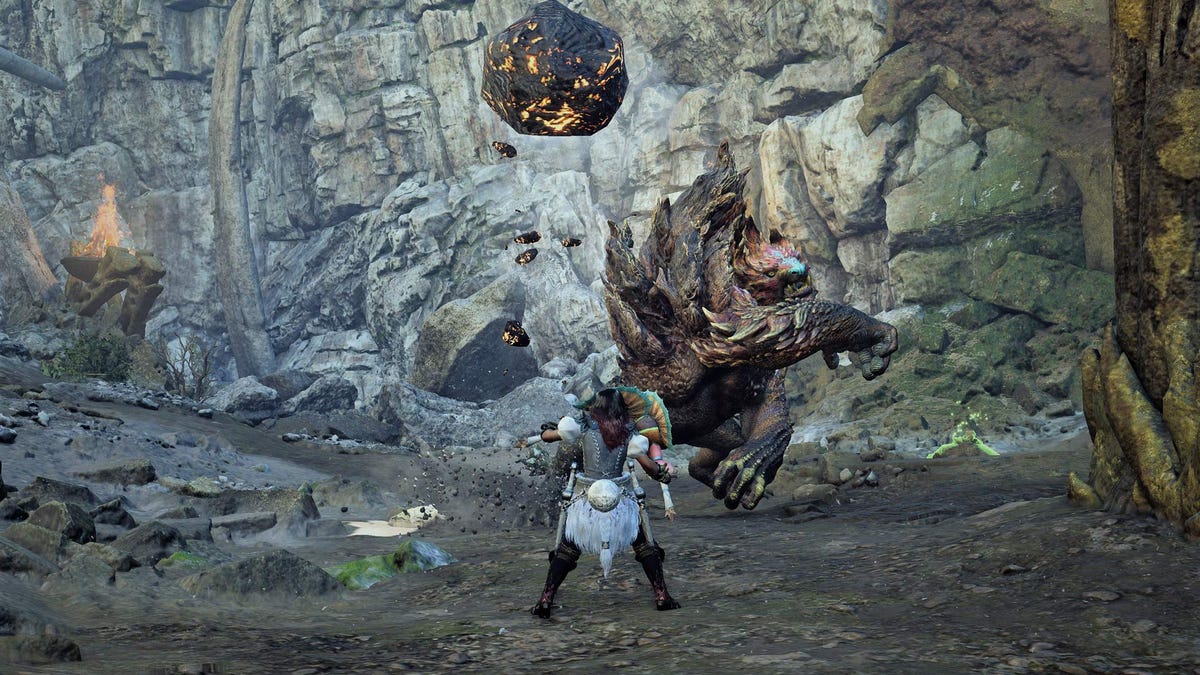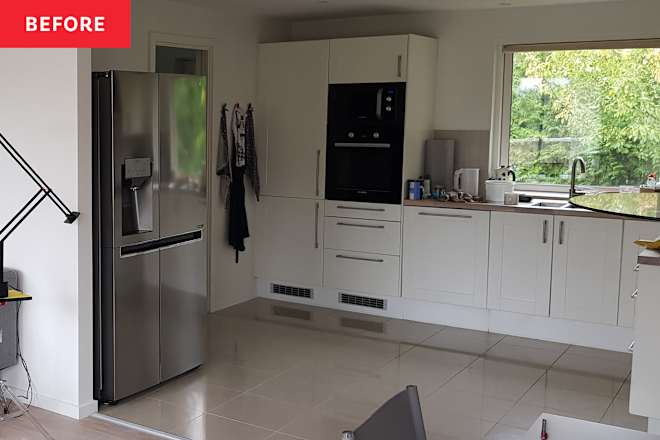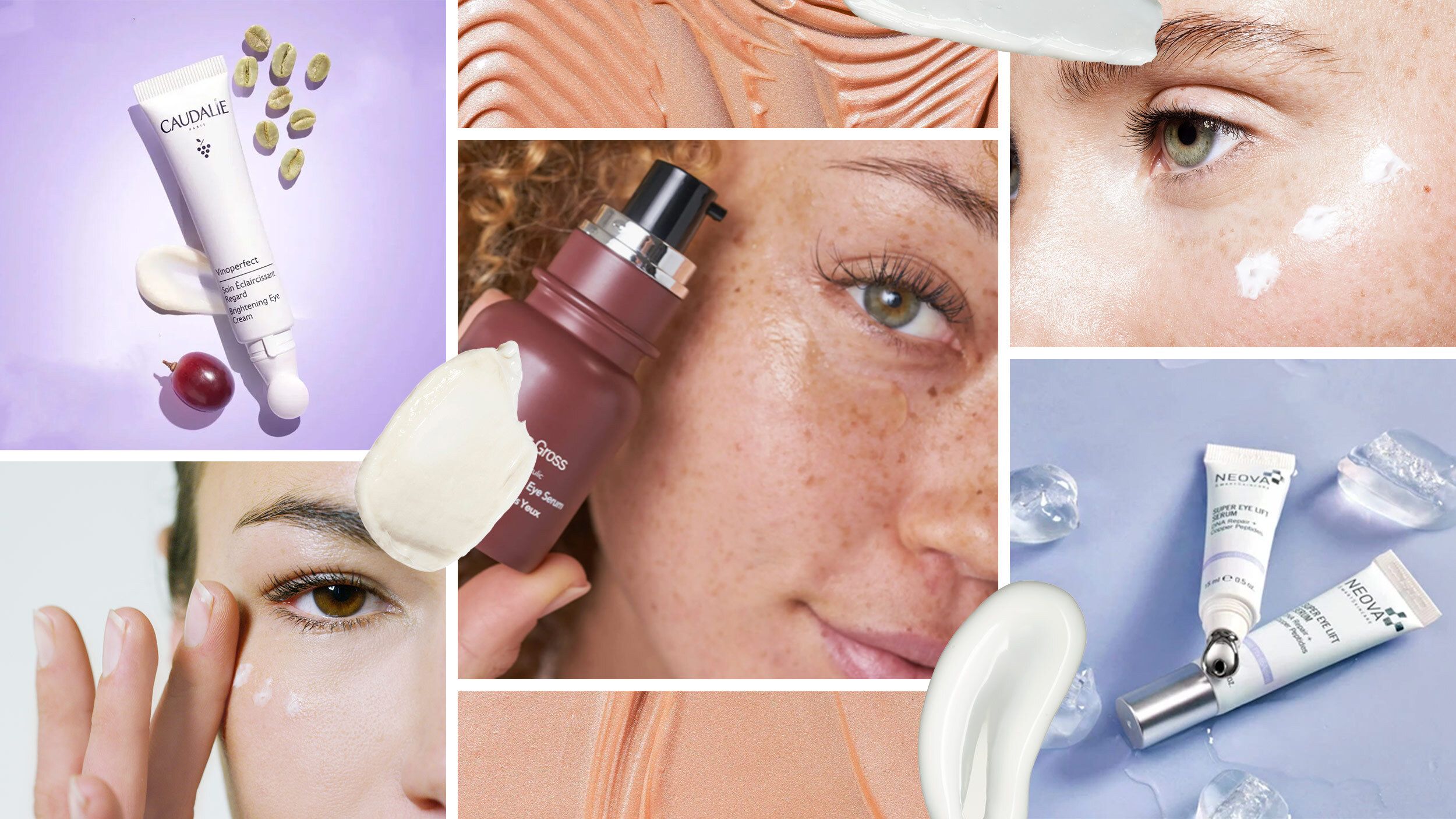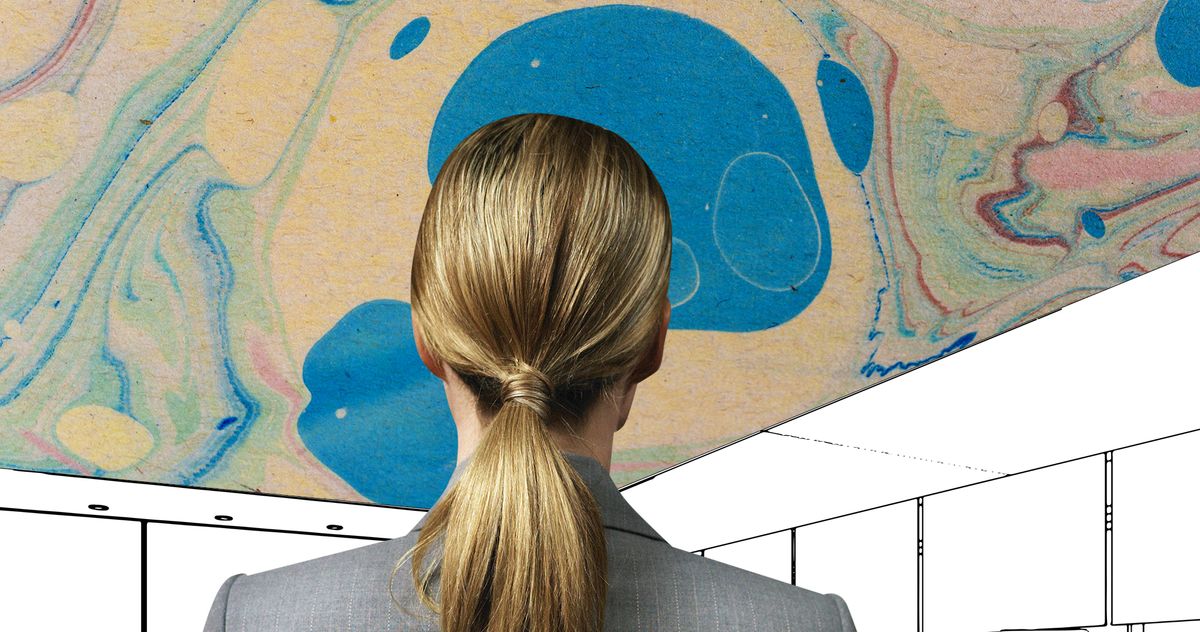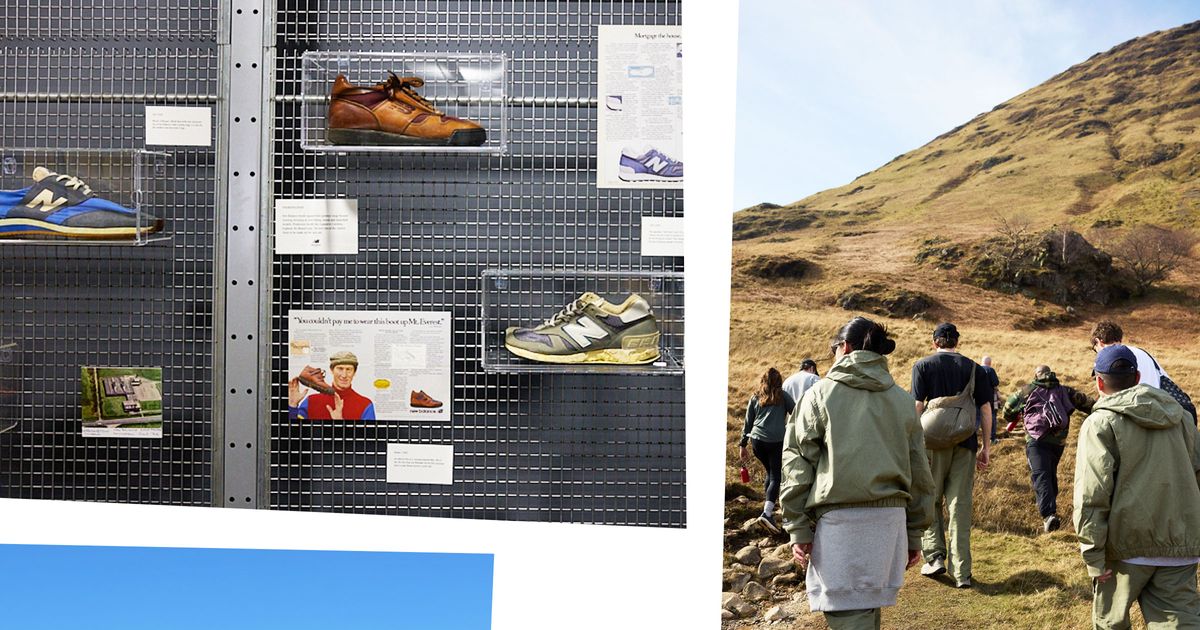Can I tile over microcement walls?
Recently microcemented the walls of our basement bathroom walls- shower walls included (Surecrete Microtek). Though it's a great look for many, it's not the right look for this bathroom. Live and learn. Haven't sealed it yet - now considering tiling directly on top. Current underlayment under microcement is cement board with schluter kerdi fabric membrane and redguard on top of that (ya, my guys went a bit overkill). Seems to me the biggest issues would be 1) bonding of the thinset and 2) instability of the underlayment should the microcement crack in the future, causing cracks in tile, etc. For #1, if I redguard again over the microcement (microcement is fully dried/cured but has not yet been sealed), that should be sufficient for the thinset to bond, yes? For #2, is this just "is what it is", or would the tile size help mitigate any possible future cracks in the microcement affecting the tile overlay? i.e. would larger or smaller tiles be better? Short of ripping it all out and starting new, I realize the potential best option is to just throw up more backer on the wall, but we've got several niches and a window reveal to deal with, as well as pluming pipes cut assuming the relative shallow depth of the microcement, so adding the extra depth of another backer would be a huge pain (the depth of the tile is already going to be a slight pain around the valves). Shower floor is tiled, so could just silicone transition from new wall tile to floor as usual. Any thoughts, insights, or admonishments for following the decorating herd are welcome. :) submitted by /u/Springs_609 [link] [comments]
Recently microcemented the walls of our basement bathroom walls- shower walls included (Surecrete Microtek). Though it's a great look for many, it's not the right look for this bathroom. Live and learn.
Haven't sealed it yet - now considering tiling directly on top. Current underlayment under microcement is cement board with schluter kerdi fabric membrane and redguard on top of that (ya, my guys went a bit overkill).
Seems to me the biggest issues would be 1) bonding of the thinset and 2) instability of the underlayment should the microcement crack in the future, causing cracks in tile, etc.
For #1, if I redguard again over the microcement (microcement is fully dried/cured but has not yet been sealed), that should be sufficient for the thinset to bond, yes?
For #2, is this just "is what it is", or would the tile size help mitigate any possible future cracks in the microcement affecting the tile overlay? i.e. would larger or smaller tiles be better?
Short of ripping it all out and starting new, I realize the potential best option is to just throw up more backer on the wall, but we've got several niches and a window reveal to deal with, as well as pluming pipes cut assuming the relative shallow depth of the microcement, so adding the extra depth of another backer would be a huge pain (the depth of the tile is already going to be a slight pain around the valves).
Shower floor is tiled, so could just silicone transition from new wall tile to floor as usual.
Any thoughts, insights, or admonishments for following the decorating herd are welcome. :)
[link] [comments]


































































-Baldur’s-Gate-3-The-Final-Patch---An-Animated-Short-00-03-43.png?width=1920&height=1920&fit=bounds&quality=70&format=jpg&auto=webp#)













